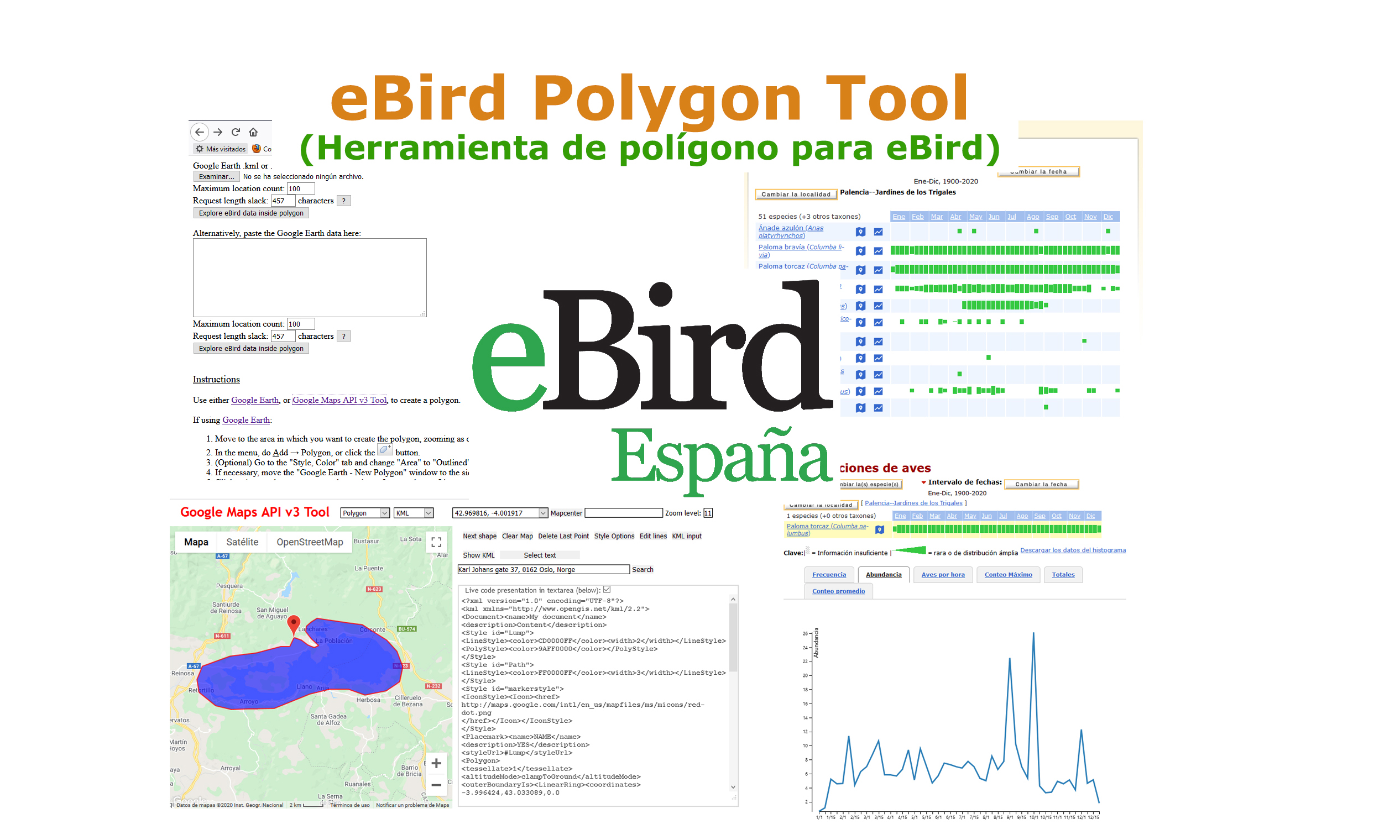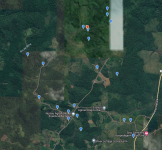While I am grateful for your elaborate response, there is no good reason why you couldn't e.g.
1. make a list and start birding;
2. add birds to the list while birding, and have the app register your current location for that addition;
3. allow you to either share that location info in the list or hide it for others (and not for ebird) or hide it alltogether (last 2 options in response to those who think it's a good idea to register vague data because species are endangered, and ebird automatically hides certain species from the list anyway).
In this way, you haven't got any more data and effort than you are already having / making / doing, and you can perfectly control your data (visibility).
For science, you add a whole new layer where you can do studies with regards to e.g. vegetation index vs. species composition (just one example).
You don't have more data, as having a 10-digit XY number is really nothing in terms of extra storage (it's the equivalent of 0.0001 photo added to the list).
All those excuses... I can't take them anymore, they're just very weak.










